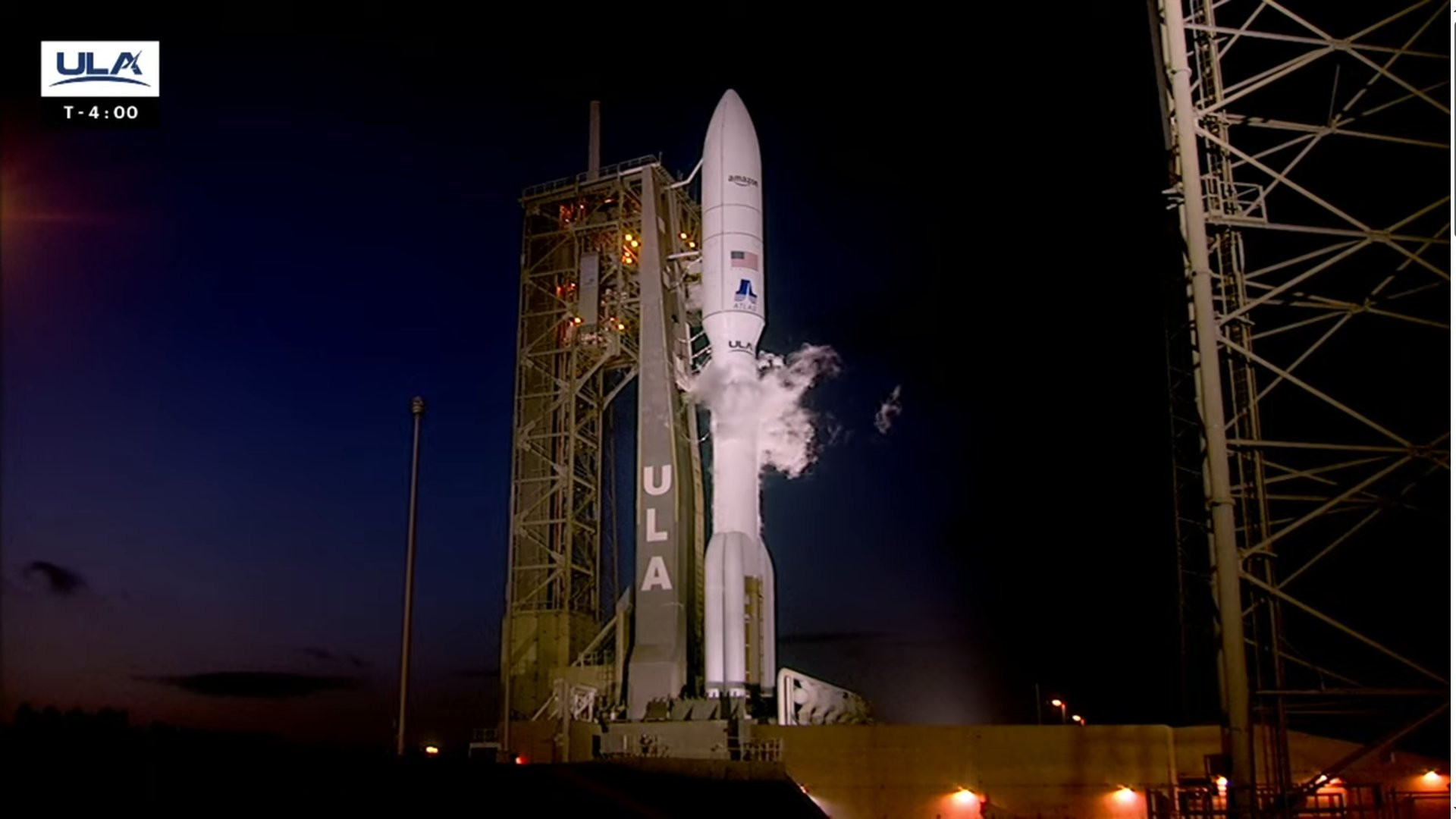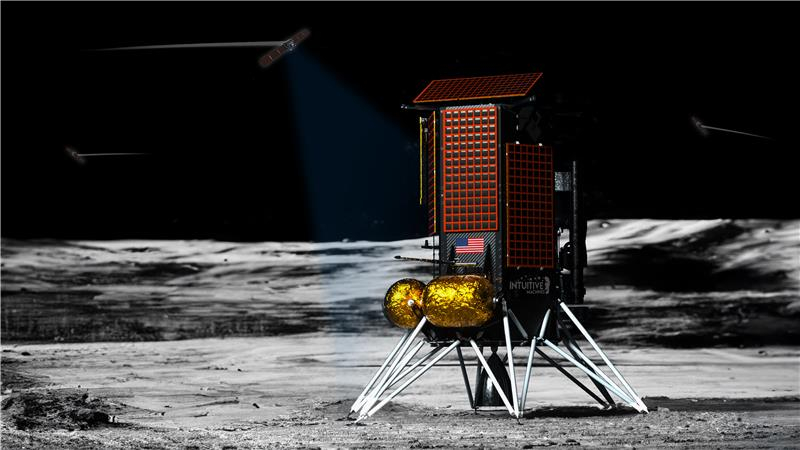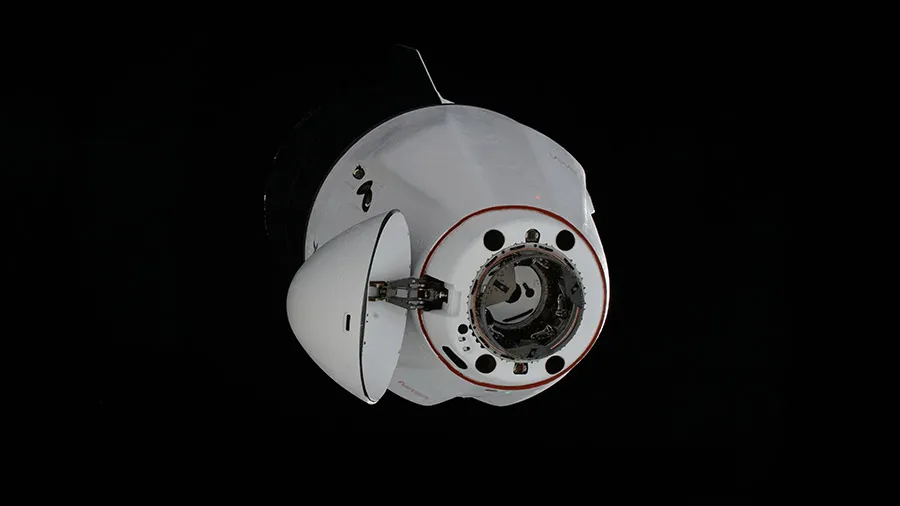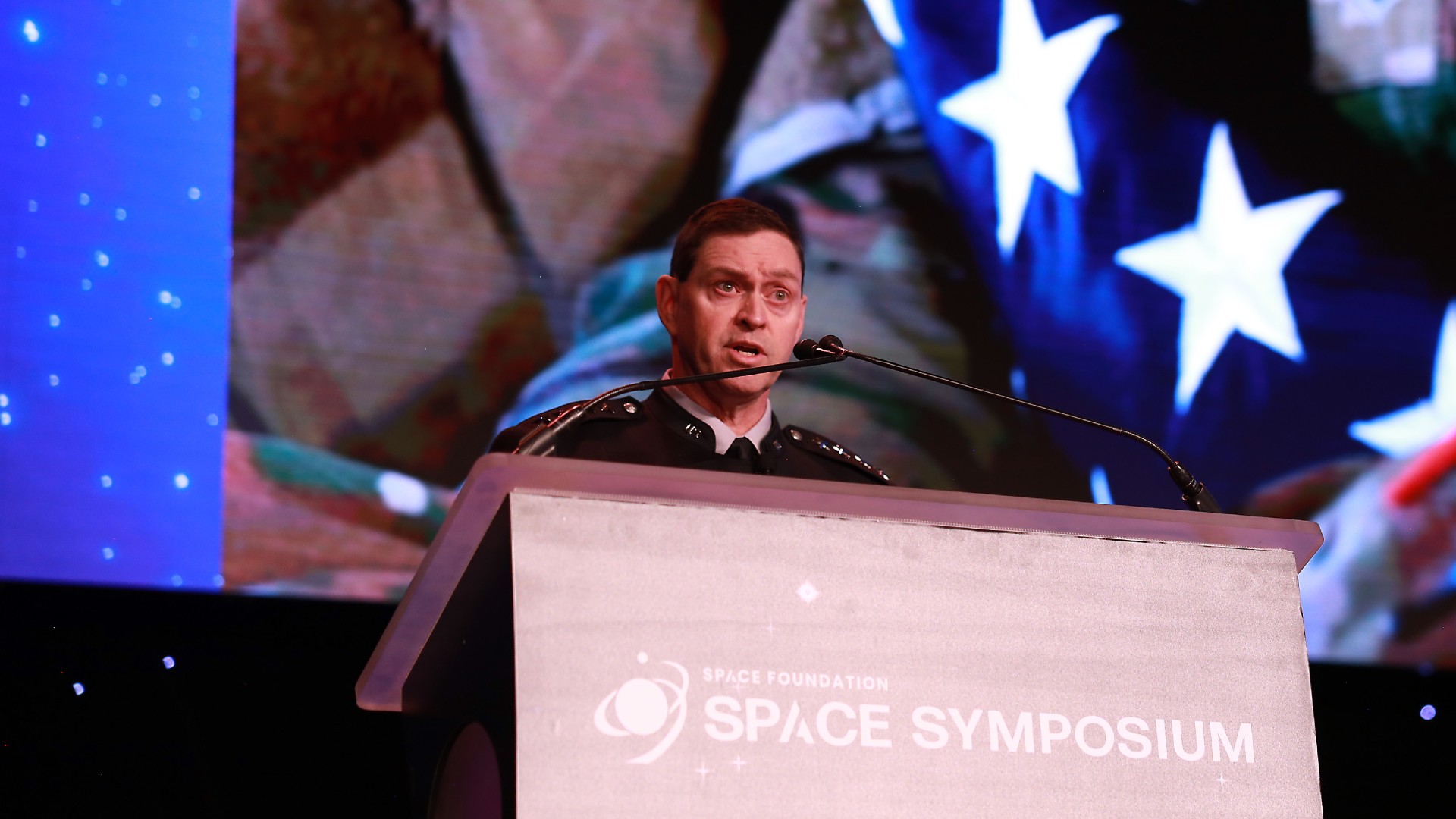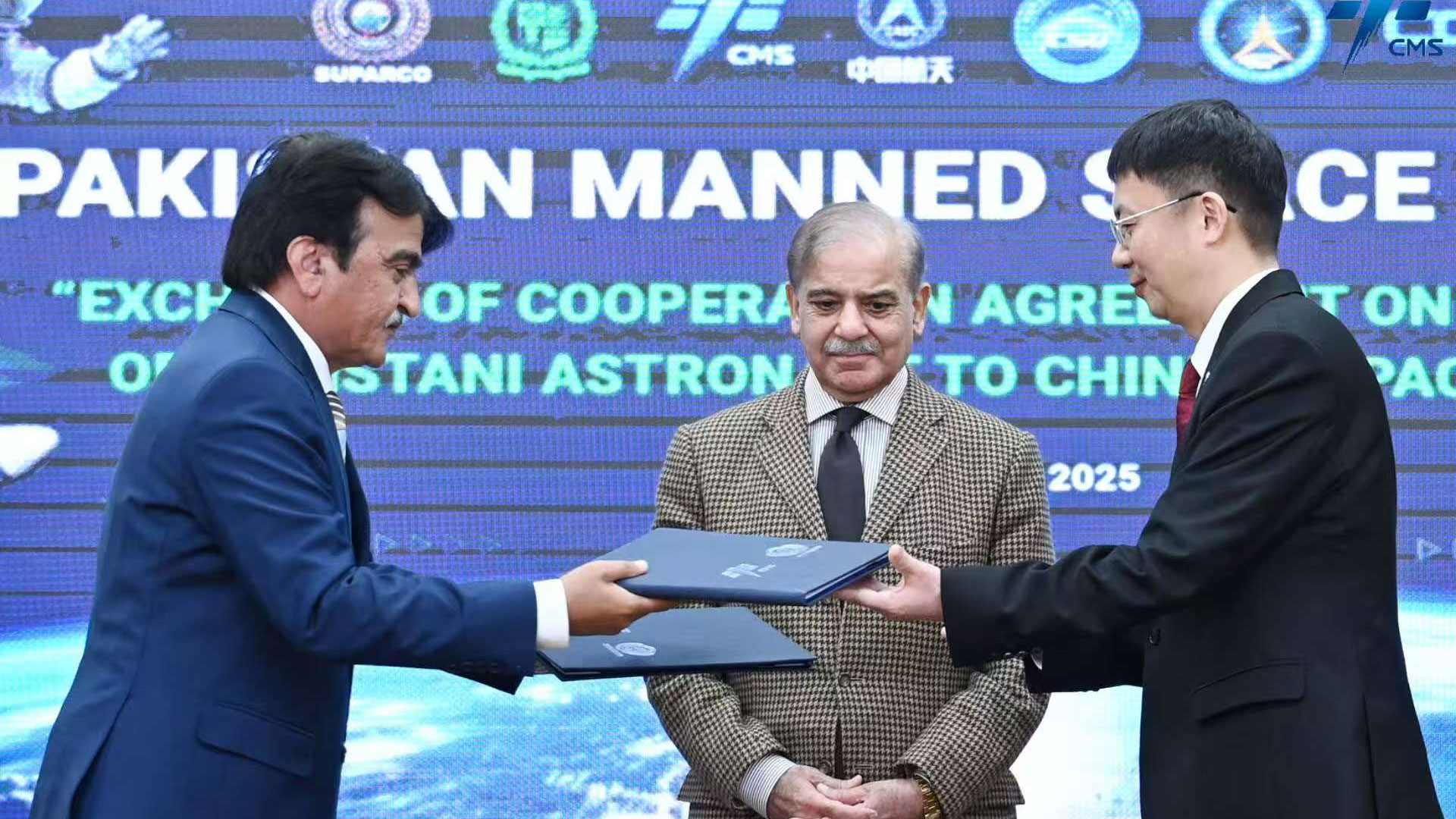NASA and General Atomics test nuclear fuel for future moon and Mars missions
Rockets propelled by nuclear reactors could slash the time it takes us to get to Mars.
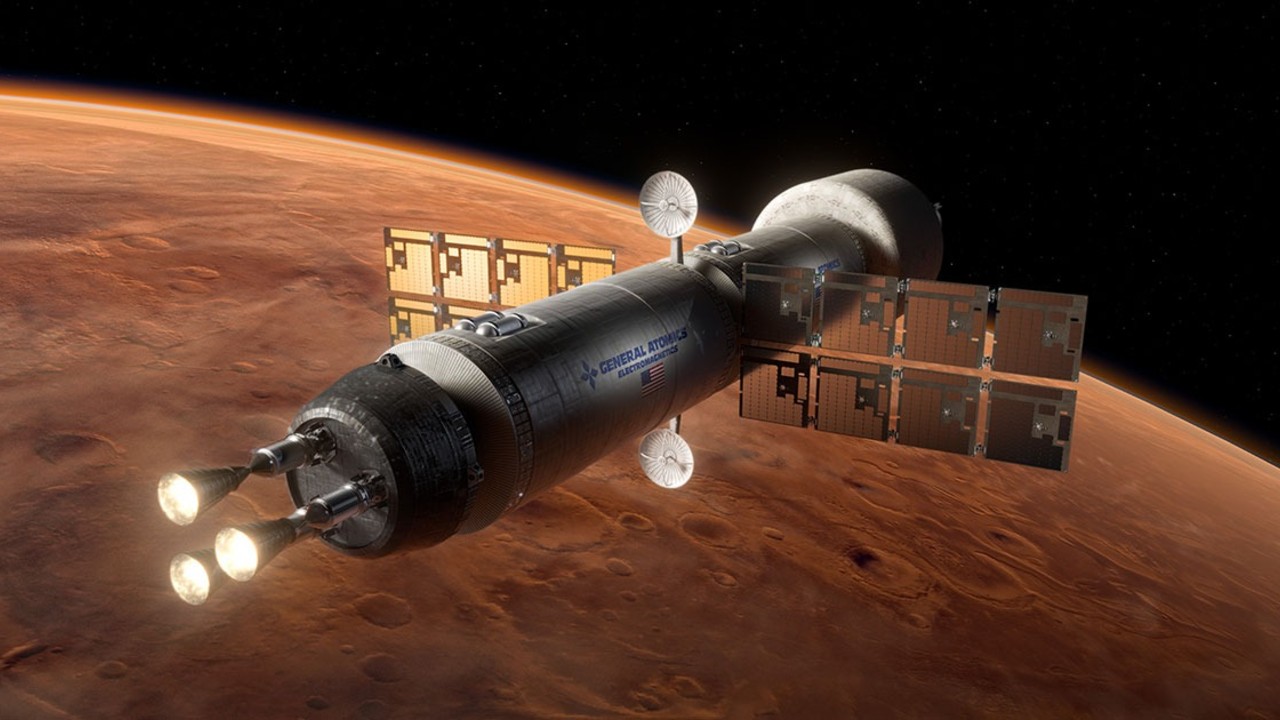
The first humans to Mars might someday ride a rocket propelled by a nuclear reactor to their destination. But before that can happen, nuclear thermal propulsion (NTP) technologies still have quite a way to go before we could blast astronauts through space on a nuclear rocket.
However, earlier this month, General Atomics Electromagnetic Systems (GA-EMS), in collaboration with NASA, achieved an important milestone on the road to using NTP rockets. At NASA's Marshall Space Flight Center in Alabama, General Atomics tested a new NTP reactor fuel to find out if the fuel could function in the extreme conditions of space.
According to company leadership, the tests showed that the fuel can withstand the harsh conditions of spaceflight. "We're very encouraged by the positive test results proving the fuel can survive these operational conditions, moving us closer to realizing the potential of safe, reliable nuclear thermal propulsion for cislunar and deep space missions," General Atomics president Scott Forney said in a statement.
To test the fuel, General Atomics took the samples and subjected them to six thermal cycles that used hot hydrogen to rapidly increase the temperature to 2600 degrees Kelvin or 4,220 degrees Fahrenheit. Any nuclear thermal propulsion fuel aboard a spacecraft would have to be able to survive extreme temperatures and exposure to hot hydrogen gas.
To test how the fuel could with stand these conditions, General Atomics conducted additional tests with varying protective features to get further data on how different material enhancements improved the performance of the fuel under conditions similar to that of a nuclear reactor. According to the company, these types of tests were a first.
"To the best of our knowledge, we are the first company to use the compact fuel element environmental test (CFEET) facility at NASA MSFC to successfully test and demonstrate the survivability of fuel after thermal cycling in hydrogen representative temperatures and ramp rates," Christina Back, vice president of General Atomics Nuclear Technologies and Materials, said in the same statement.
NASA and General Atomics tested the fuel by exposing it to temperatures up to 3,000 Kelvin (4,940 Fahrenheit or 2,727 Celsius), finding that it performed well even at temperatures that high. According to Back, this means a NTP system using the fuel could operate two-to-three times more efficiently than current rocket engines.
Get the Space.com Newsletter
Breaking space news, the latest updates on rocket launches, skywatching events and more!
One of the main reasons why NASA wants to build NTP rockets is that they could be much faster than the rockets we use today, which are propelled by traditional chemical fuel.
A faster transit time could reduce risks for astronauts, as longer trips require more supplies and more robust systems to support the astronauts while they travel to their destination. There is also the issue of radiation; the longer astronauts are in space, the more cosmic radiation they are subjected to. Shorter flight times could reduce these risks, making the possibility of deep space human spaceflight closer to reality.
In 2023, NASA and Defense Advanced Research Projects Agency (DARPA) announced they're working on a nuclear thermal rocket engine, so that NASA can send a crewed spacecraft to Mars. The agency hopes to launch a demonstration as early as 2027.
Join our Space Forums to keep talking space on the latest missions, night sky and more! And if you have a news tip, correction or comment, let us know at: community@space.com.
Julian Dossett is a freelance writer living in Santa Fe, New Mexico. He primarily covers the rocket industry and space exploration and, in addition to science writing, contributes travel stories to New Mexico Magazine. In 2022 and 2024, his travel writing earned IRMA Awards. Previously, he worked as a staff writer at CNET. He graduated from Texas State University in San Marcos in 2011 with a B.A. in philosophy. He owns a large collection of sci-fi pulp magazines from the 1960s.
-
Unclear Engineer I would expect them to use whatever data is available, including from the NERVA and KIWI thermal nuclear rocket projects from 60 years ago.Reply
And I would expect General Atomic to also be using the data from their fuel for the Fort St.Vrain commercial nuclear power plant. https://en.wikipedia.org/wiki/Fort_Saint_Vrain_Nuclear_Power_Plant
That reactor used graphite blocks with holes for the passage of helium coolant. The nuclear fuel was in the form of uranium particles covered with a three-layer coating (TRISO-II) , consisting of an inner layer of porous pyrolytic carbon, an intermediate layer of silicon carbide (S iC) J and an outer layer of highly impervious. high density isotropic pyrolytic carbon. The intent of the coatings was to contain the radioactive fission products. https://www.nrc.gov/docs/ML1008/ML100820279.pdf

